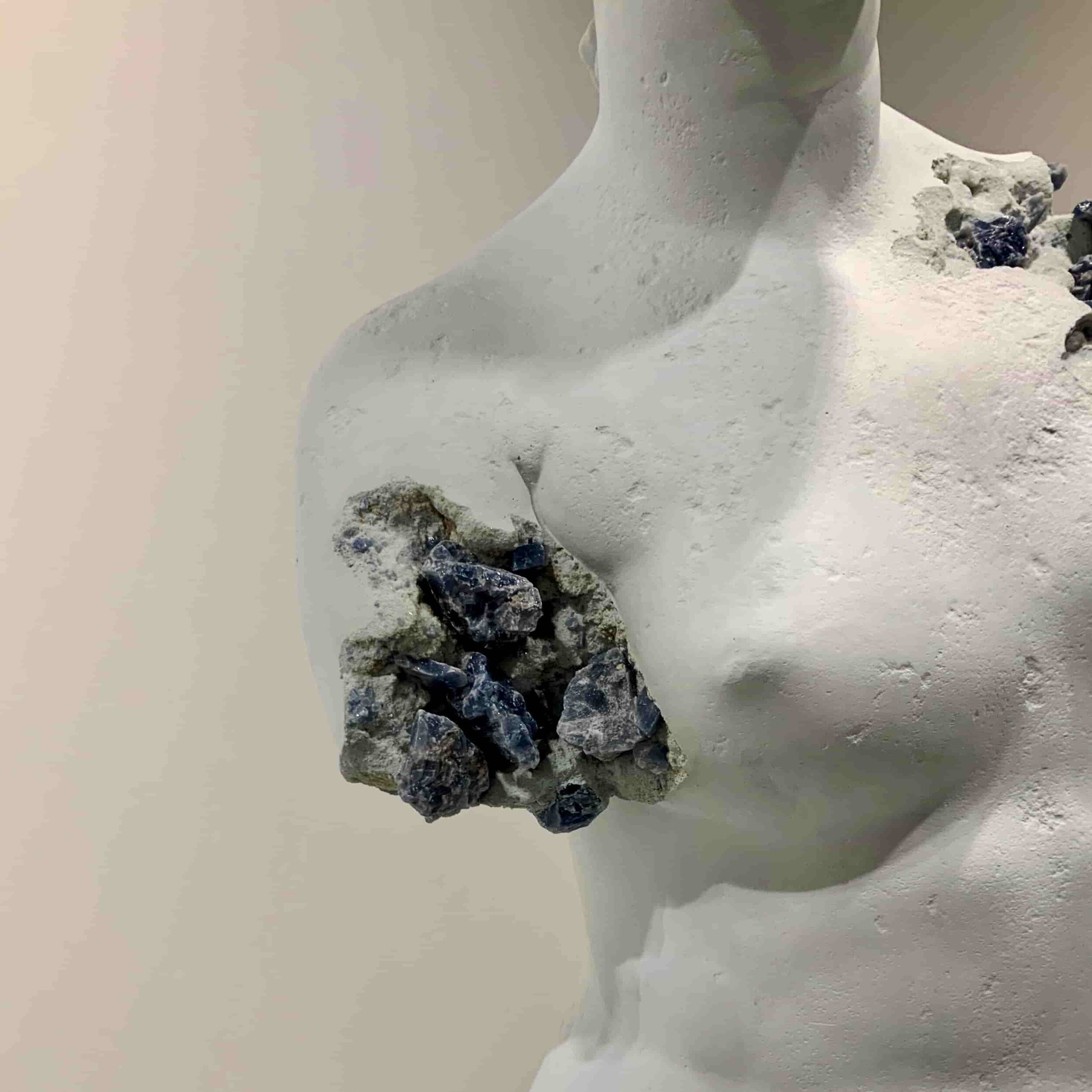Reimagining an Icon: Daniel Arsham's Venus de Milo at Art Basel | Presented by Galerie Perrotin
Booth : D24
Location : Miami Beach Convention Center
Art Basel, a global stage for contemporary and modern art, has a reputation for showcasing groundbreaking works that challenge the boundaries of artistic expression. At a recent Art Basel event, the renowned artist Daniel Arsham presented a reimagined masterpiece, the "Venus de Milo," that captivated audiences and stirred discussions on the intersection of classical art and contemporary innovation.
Arsham's Vision
Daniel Arsham is known for his distinctive approach to art, blurring the lines between sculpture, architecture, and conceptual art. His work often explores themes of decay, archaeology, and the passage of time. The "Venus de Milo," an iconic ancient sculpture dating back to the 2nd century BC, became the canvas for Arsham's unique vision.
The Transformation of an Icon
Arsham's reinterpretation of the "Venus de Milo" transcends the boundaries of traditional art restoration. In this project, he reimagined the classic sculpture in his signature style, which he calls "future relic." Arsham's work revolves around the concept of taking objects from our present and casting them into a future where they've undergone a transformation, resembling weathered artifacts. This concept allows him to question the role of art in preserving and reflecting the passage of time.
Materials and Technique
The "Venus de Milo" by Daniel Arsham retains the grace and elegance of the original sculpture while introducing a sense of age and erosion. Arsham often uses materials like crystal, quartz, volcanic ash, and crushed glass to create a weathered appearance. The result is a sculpture that looks as if it has endured centuries, questioning the temporality of art and human-made objects.
The Dialogue with Art History
Arsham's interpretation of the "Venus de Milo" invites viewers to consider the relationship between the past and the present. By engaging with this iconic sculpture, he prompts us to question how history, art, and culture evolve over time and how we perceive classical works in a contemporary context.
A Conversation Starter at Art Basel
Presented by Galerie Perrotin at Art Basel, Arsham's "Venus de Milo" became a centerpiece of discussion and admiration. Visitors to the event were struck by the juxtaposition of the classical and the contemporary, and the questions it raised about the nature of artistic transformation.
Beyond Art Basel
Arsham's "Venus de Milo" continues to inspire contemplation and conversation well beyond the confines of Art Basel. It serves as a reminder that art is a living entity, continually evolving and adapting to the changing landscapes of time and culture.
Daniel Arsham's "Venus de Milo" redefines the way we engage with classical art in a modern context. By applying his unique vision to this iconic sculpture, Arsham prompts us to contemplate the enduring value of art and its ability to transcend time and space. As we continue to explore the boundaries of artistic expression, Arsham's work challenges us to see the past, present, and future as interconnected facets of the artistic continuum.
LOOK UP| Artist: Daniel Arsham |Photo: Nadia Bouzid
Venus de Milo | Artist: Daniel Arsham | Photo: Nadia Bouzid
PROFILE | Artist: Daniel Arsham | Photo: Nadia Bouzid
ZOOM IN | Artist: Daniel Arsham | Photo: Nadia Bouzid
DETAILS | Artist: Daniel Arsham |Photo: Nadia Bouzid




